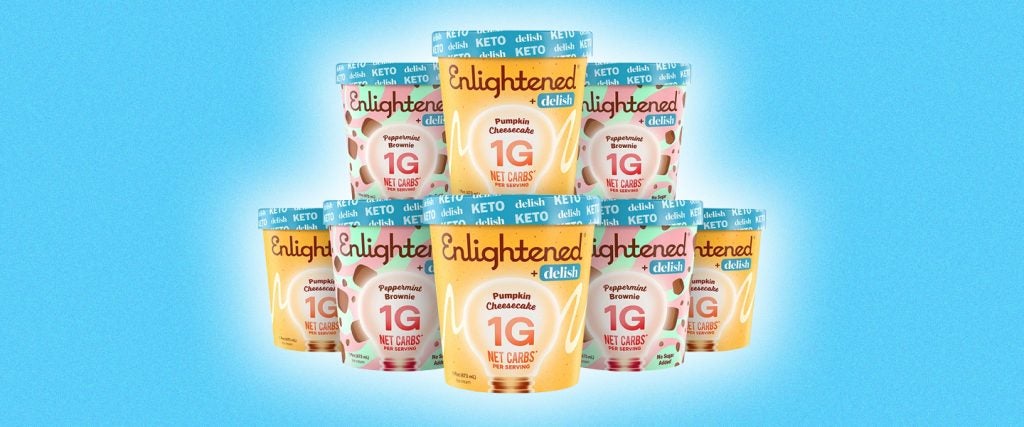One of my best swimming buddies introduced me to the concept of the keto diet during the intermission of the 2015 Michigan Masters Swimming State Championship. My friend and teammate — an awesome swimmer by the name of Trevor Asti — were walking through the grocery store with his wife in search of food for him, and in search of a gallon of water for me to help me swim through the aftermath of my bout with food poisoning from the prior evening.
In response to some mid-meet snack I suggested for Trevor, I was greeted with a hearty laugh, followed by his straightforward statement, “I’m on the keto diet.”
I had no idea what that meant at the time, but I soon learned that the ketogenic diet — or keto diet — is based on the high consumption of dietary fat, and the low consumption of carbohydrates. Depending upon who is being permitted to define the parameters of the diet, it can frequently include a lofty consumption of protein as well.
Either way, its overall point is to force the body to use stored adipose tissue, or body fat, as fuel. This process is activated by depriving your body of the ability to produce glucose from carbohydrates, because you’re not providing it with any.
So what’s the deal with things like “keto” ice cream? I see all the carbs listed on the nutrition facts, but the front of the pint says it only has 1 gram of carbs. Are they lying to me?
Not necessarily. In fact, I’d go so far as to say they’re making a good-faith effort to provide followers of the keto diet with the information they’re looking for, even though the ice cream containers don’t possess the requisite space to explain the complicated science they’re banking upon consumers having an understanding of before they make an ice cream purchase.
The key term in this equation is “net carbs,” and you practically have to be a biochemist to understand the processes in play that permit the manufacturers of keto-friendly ice cream to advertise a net carb quantity that’s both accurate and well beneath the total number of carbohydrates printed on the back of the container. Basically, it hinges on the idea of allowing keto ice cream to deliver on its ketogenic promise without sacrificing too much of the ice-cream taste. This is where concepts like dietary fiber and sugar alcohols are placed front and center.
What is sugar alcohol, and how is it different from ordinary sugar?
Sugar alcohol probably brings to mind a sickly sweet frozen drink, like a piña colada. In this case, though, sugar alcohol has nothing at all to do with the mixture of sugar with alcohol. Sugar alcohols are a carbohydrate engineered by food manufacturers in order to sweeten products while limiting calories. But they aren’t sugar in a true sense, nor do they contain alcohol of any kind.
The benefits of sugar alcohols is that they sweeten food products in a manner similar to natural sugar — usually between 40 percent and 90 percent of the sweetness of sugar depending upon the specific sugar alcohol used — while delivering just over half as many calories. To be exact, they contain a shade over two calories per gram as opposed to the four calories per gram carried by sugar. They’re also noted for their ability to stimulate the taste buds with true sugar flavor without spiking blood sugar levels.
That’s amazing! It also sounds too good to be true.
You’re right to be skeptical, because it’s always difficult to sidestep nature without expecting a drawback — and here it is: Sugar alcohols are incapable of being fully digested by the human body. People have varying tolerances to sugar alcohols, but consuming a lot of them will almost invariably result in nausea, gas, bloating and diarrhea.
I don’t get it, though: If sugar alcohols are only half as sweet as sugar and contain half the calories, why don’t you just ingest half the sugar and spare yourself the discomfort?
That’s an excellent question. Here’s the answer: It all goes back to the concept of net carbs that we introduced earlier. In the same way that fiber isn’t digestible, and therefore doesn’t count toward the number of calories that the body actually tabulates, sugar alcohols also aren’t completely digested, and therefore don’t count toward your body’s “net carbs.” In other words, the carbohydrates from sugar alcohols enter your body, but only a fraction of them are digested. They may leave you with crippling diarrhea, but at least you’re minimizing your carbohydrate intake, right?
So the calories show up under the nutrition facts, but they don’t show up in my body? That’s wild!
It is wild! Isn’t science incredible?
So that’s what it all comes down to: Keto ice cream treats you to real ice cream flavor while maintaining your digested carbohydrate levels at a minimum, and enabling your body to remain in a state of ketogenesis at the potential cost of digestive discomfort.
What’s the takeaway from all of this? Well, if you’re on a mission to become fit, and you want to indulge in the occasional pint of ice cream without falling off the diet wagon, keto-friendly ice cream is probably an excellent resource for the indulgence of your sweet tooth. But if you find yourself hamstrung by a case of perpetual nausea and diarrhea because you can’t live without your thrice-weekly pint of ice cream, you may wanna find another way to get your dessert fix.

